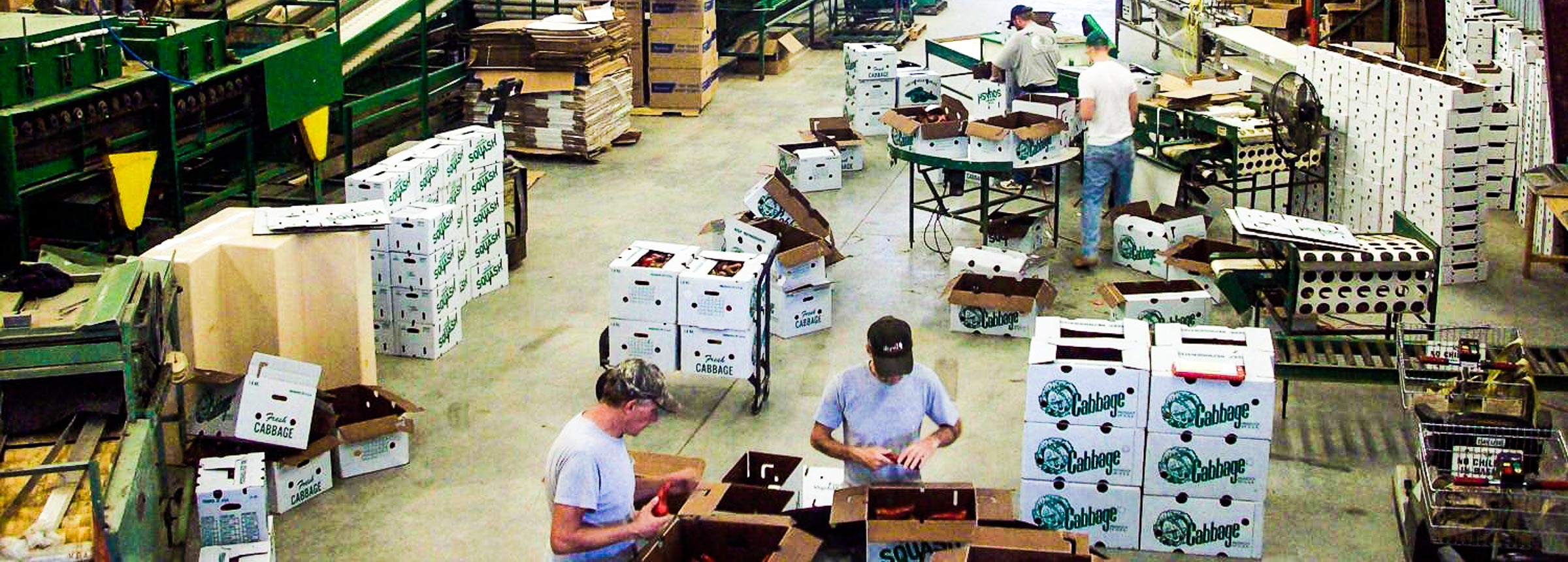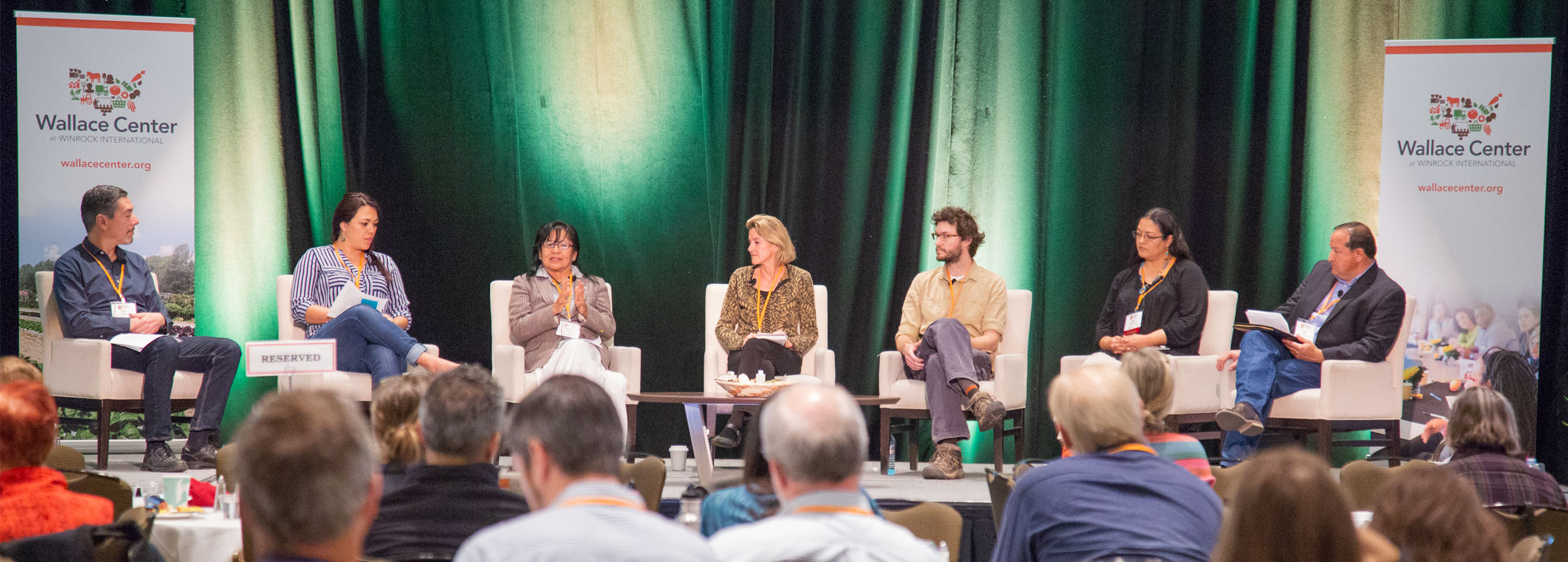Projects

Building a Maryland Food Hub Network
American consumers increasingly recognize that locally grown food is not only fresh and delicious, but also provides communities important environmental and economic benefits. The Wallace Center at Winrock International is collaborating with farmers, wholesalers, distributors and other partners in Maryland to meet the state’s burgeoning demand for local food through food hubs. By delivering collective…
